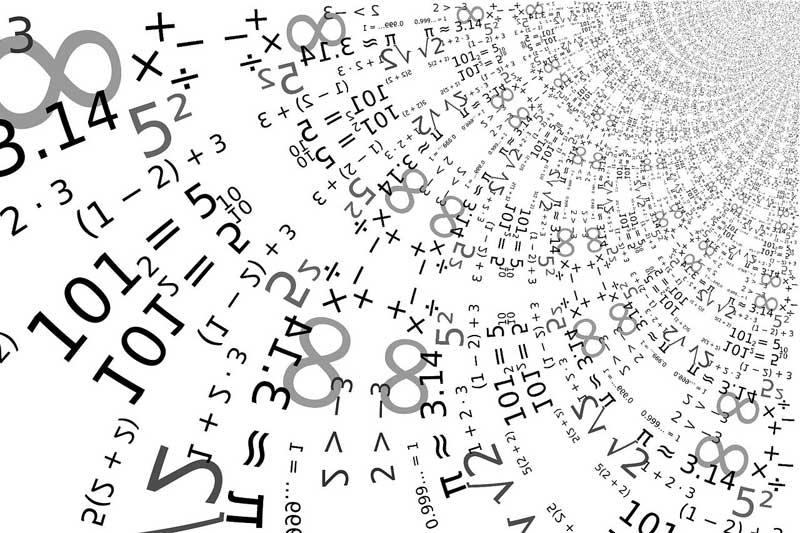Srinivasa Ramanujan who is greatly acknowledged as the legendary Indian mathematician of twentieth century, made great contributions to the field of mathematics. Ramanujan was born on December 22, 1887 in a small village of Tamil Nadu, India. Because of his excellent mathematical discoveries within a short span of lifetime (Ramanujan died at the very young age of 32) without having formal higher education in mathematics, Ramanujan is considered as an exception in the history of mathematics. His works on partition theory, continued fractions, q-series, elliptic functions, definite integrals and mock theta function opens a new door for the researchers in modern number theoretic research.
The theory of partitions of numbers is an interesting branch of number theory. The concept of partitions was given by Leonard Euler in 18 th century. After Euler though, the theory of partition had been studied and discussed by many other prominent mathematicians like Gauss, Jacobi, Schur, McMahon and Andrews etc but the joint work of Ramanujan with Prof. G.H. Hardy made a revolutionary change in the field of partition theory of numbers. Ramanujan and Hardy invented circle method which gave the first approximations of the partition of numbers beyond 200.
A partition of a positive integer n is a non increasing sequence of positive integers, called parts, whose sum equals n. Generally, it means the number of ways in which a given number can be expressed as a sum of positive integers. For example, p(4)=5, i.e. there are five different ways that we can express the number 4. The partitions of the number 4 are:
4
3+1
2+2
2+1+1
1+1+1+1.
The number of partitions of a positive integer n is denoted by p(n). For convenience, we set p(0)=1, which means it is considered that 0 has one partition. In the definition of partitions, the order does not matter. 3+1 and 1+3 are the same partitions of 4. Here, 3+1 and 1+3 are called two different compositions of 4.
The number of partitions into odd parts of a positive integer n is equal to the number of partitions of n into distinct parts. For example, we consider the number 5. The partitions of 5 are
5,
4+1,
3+2,
3+1+1,
2+2+1,
2+1+1+1,
1+1+1+1+1.
The number of partition of 5 with odd parts will be 3 i.e. 5, 3+1+1 and 1+1+1+1+1. Similarly, the number of partition of 5 with distinct parts is also 3 which are 5, 4+1 and 3+2 respectively. Hence, we have seen that the number of partitions into odd parts of the number 5 is equal to the number of partitions into distinct parts.
The generating function for the partition function is generally given by,
,
Where, = ,
For any positive integer n, = (1-a) (1-aq) (1-aq2)……… .
Ramanujan established three beautiful congruences for the partition function p(n), which are as follows: for n ≥ 0,
p(5n+4) ≡ 0 (mod5),
p(7n+5) ≡ 0 (mod7),
p(11n+6) ≡ 0 (mod11).
Motivated by Ramanujan’s congruences on p(n), arithmetic properties of many other partition functions like t-core partition, Frobenius partition, l-regular partition, over partition, broken k diamond partition, k dots bracelet partitions are studied by several mathematicians. The study of Ramanujan type congruences is an interesting and popular research topic of number theory. Because of its great applications in different areas like probability and particle physics (specially in quantum field theory), the theory of partitions has become one of the most rich research area of mathematics in recent times. More systematic study and better understanding of partition theory will surely help in advancement of mathematics with a new dimension.
(Published in Good Morning Science link)




